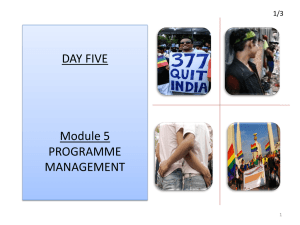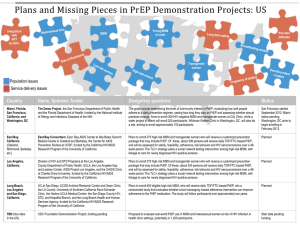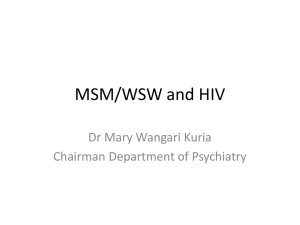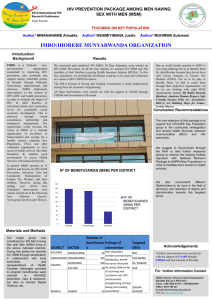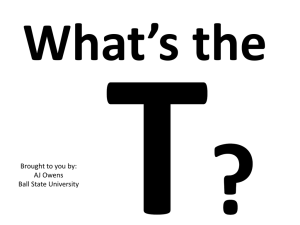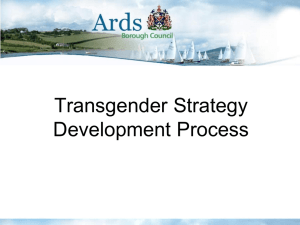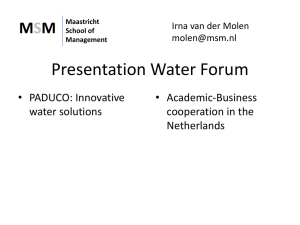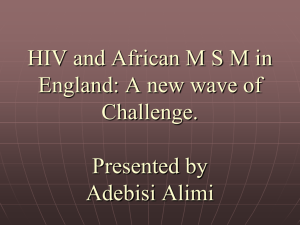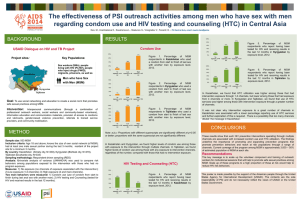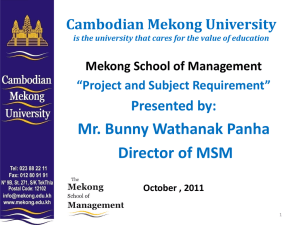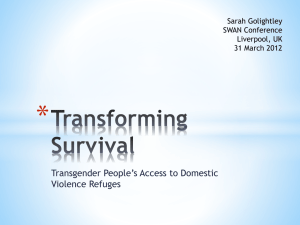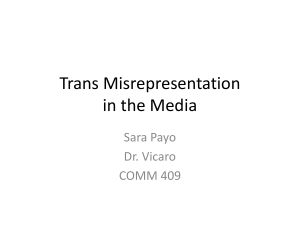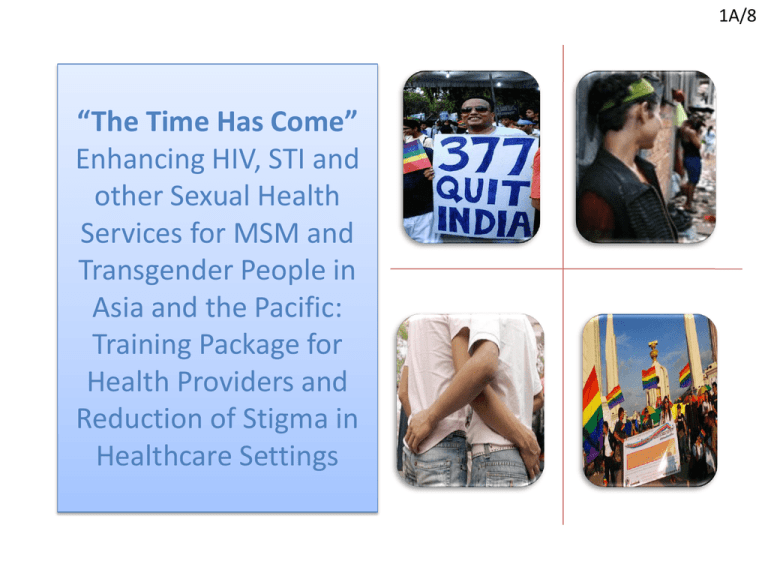
1A/8
“The Time Has Come”
Enhancing HIV, STI and
other Sexual Health
Services for MSM and
Transgender People in
Asia and the Pacific:
Training Package for
Health Providers and
Reduction of Stigma in
Healthcare Settings
1B/8
Message to Human Rights Council meeting on Violence and Discrimination based on Sexual Orientation or
Gender Identity
The Time Has Come.
“Some say sexual orientation and gender identity is a sensitive subject. I understand. Like many of my
generation, I did not grow up talking about these issues. But I learned to speak out because lives are at
stake – and because it is our duty, under the United Nations Charter … and the Universal Declaration of
Human Rights … to protect the rights of everyone, everywhere. The High Commissioner’s report
documents disturbing abuses in all regions. We see a pattern of violence and discrimination directed at
people just because they are gay, lesbian, bisexual or transgender. There is widespread bias at jobs,
schools and hospitals. And appalling violent attacks, including sexual assault. People have been
imprisoned, tortured, even killed.
This is a monumental tragedy for those affected – and a stain on our collective conscience. It is also a
violation of international law. You, as members of the Human Rights Council, must respond. To those
who are lesbian, gay, bisexual or transgender, let me say: You are not alone. Your struggle for an end to
violence and discrimination is a shared struggle. Any attack on you is an attack on the universal values
the United Nations and I have sworn to defend and uphold.
Today, I stand with you … and I call upon all countries and people to stand with you, too.
A historic shift is under way. More States see the gravity of the problem. I firmly oppose conditionality
on aid. We need constructive actions. The High Commissioner’s report points the way. We must: tackle
the violence … decriminalize consensual same-sex relationships … ban discrimination … and educate
the public. We also need regular reporting to verify that violations are genuinely being addressed. I
count on this Council and all people of conscience to make this happen.
Secretary-General Ban Ki-moon
Geneva (Switzerland)
7 March 2012
Source: http://www.un.org/apps/news/infocus/sgspeeches/statments_full.asp?statID=1475
The time has come.”
Video at: http://www.youtube.com/watch?v=qtxU9iOx348
2/8
Introductions and Housekeeping
Welcome to all
•
•
•
•
•
Toilets
Fire Exits/Emergencies
Refreshment area
Mobile phones
Other administrative issues
Introducing Ourselves
• Your facilitators
Group Activity – meet 5 others
in the room and ask and
provide:
• Your/Their name
• Where you’re/they’re from
• What you’re/they’re hoping
from attending the training
Introduce the last person you met to the group!
3/8
At the end of this training you will ...
•
An understanding of effective HIV interventions for MSM and transgender people
– in particular:
–
–
•
•
•
•
•
the 2011 document, Guidelines: prevention and treatment of HIV and other sexually transmitted infections among
men who have sex with men and transgender people: recommendations for a public health approach (from now on,
referred to as ‘the 2011 Global MSM and TG guidelines)
the 2009 document, Developing a Comprehensive Package of Services to Reduce HIV among Men who have Sex with
Men (MSM) and Transgender (TG) Populations in Asia and the Pacific - Regional Consensus Meeting Report approach
(from now on, referred to as ‘the 2009 Asia-Pacific comprehensive package of MSM and TG services).
A good understanding the concept of lesbian, gay, bisexual and transgender (LGBT)
issues and the concepts of sexual orientation and gender identity (SOGI)
The ability to practically apply data, research and other evidence on MSM and
transgender people, especially young people, to your country/region
Practical knowledge of the legal and other ‘environmental’ factors that affect
MSM and transgender HIV programming, especially for young people
Understanding of policy and other documents you can use to defend your MSM
and transgender programmes
An improved capacity to manage MSM and transgender services at a national and
regional level
4/8
GROUP GUIDELINES
What do you need from the
facilitators and each other to
make this an effective learning
experience?
5/8
Overview of the training
•Terms and definitions
•Introducing the 2011 Global
MSM and TG Guidelines.
•Exploring core issues in MSM
and transgender service
delivery and HIV
programming
•MSM and transgender
continuum of prevention-tocare-and-treatment
•The 2009 Asia-Pacific
comprehensive package of MSM
and TG services
•MSM and transgender public
health partnerships
•Enabling environments and
supportive interventions
•How laws and policies shape
HIV’s impact on MSM and
transgender people
• Human rights and social
justice frameworks
Context Building
MSM and
Transgender
Programming
Enabling
Environments
•Research – getting the right
information
•Using policy – advocating for
and protecting MSM and
transgender programmes
•M&E - how you decide
what’s working
• Implementing and
managing partnerships in
MSM/transgender
services
• Good HR, financial and
quality management skills
Strategic
Information
Managing
Programmes
6/8
Diary of our Programme
Day 1
• Context Building
Day 2
• MSM and Transgender Programming
Day 3
• Enabling Environments
Day 4
• Strategic Information
Day 5
• Managing Programmes
7/8
Handouts
• Hard copies:
– Annotated Review of Key Resources and
Reference Materials
– Top six selected references
– Other documents from the folder named
“handouts”
• Soft copies:
– On your flashdrive
8/8
Welcome Reception
• Venue
• Time
• Transport

